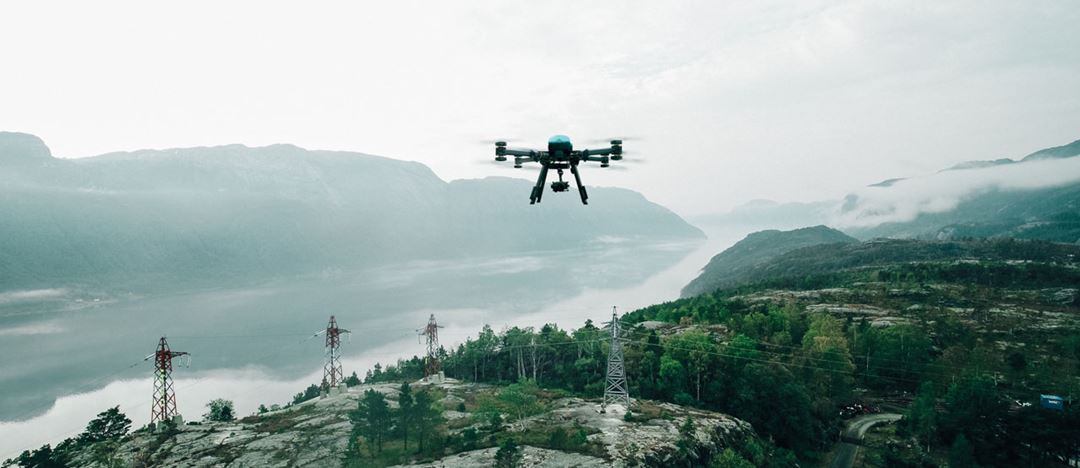Autonomous drone-based detection of faults in the electricity grid

Short description
Using these models, design and develop a fault detection algorithm to automatically detect abnormalities in grid components. Results will be utilised within research project SWIFTER.
Masters Project
Grid component failures are an expensive problem for both grid operators and consumers, with failures leading to power outages and associated fines for downtime as well as loss of income due to customer dissatisfaction. This has flow-on effects for consumers in the form of increased energy costs and reduced provider satisfaction.
As the owners of critical infrastructure, grid operators are required by law to inspect their networks regularly. These inspections are typically carried out on foot, by vehicle, or by helicopter. Such techniques are time consuming and therefore expensive, and also expose personnel to unnecessary risks. Autonomous drone-based systems can directly address these concerns now perform a crucial role in grid inspection operations for many operators here in Norway and elsewhere in the world.
However, inspecting grid networks that cover many thousands of kilometres fully autonomously is not without its challenges. Drone operations, where they are employed today, are typically used to gather inspection data in the form of visual and thermal imagery and 3D point cloud data, which is then downloaded, processed, and inspected manually – still a time-consuming task. Developing robust and efficient algorithms for the automatic detection of the broad array of potential component failures, such as broken insulators, downed lines, damaged crossbars, fallen branches, etc, is therefore crucial to be able to fully realise the potential of drone-based inspection solutions.
The Computer Vision group at SINTEF Digital and Field Group (previously KVS-Terratec) are working on drone-based automatic fault detection for electricity grids within the research project SWIFTER. In that project we are using RGB imagery and 3D point cloud data from scanning lidar to create digital representations of the grid components and employing machine learning techniques to develop algorithms for fault detection.
Research Topic focus
The masters project will investigate a new method for creating high-resolution 3D models of grid components that might be employed to detect currently hard-to-detect faults such as detached wires or jumper wires that are dangerously close to the mast. These types of faults are difficult to diagnose with monocular imagery and are often not visible in the 3D point cloud data due to limited spatial resolution. The hypothesis is that by combining multiple high-resolution images of the mast tops taken as the drone overflies the mast, wide-baseline multi-view stereo techniques might be employed to generate high resolution 3D models of the mast tops and components, thereby bridging the gap between purely visual- and lidar-based 3D-data.
This thesis will involve working with real-world inspection data in the form of RGB imagery and 3D point cloud data, and will cover concepts such as image feature extraction, feature matching, pose and trajectory estimation, multi-view stereo, and 3D reconstruction, as well as looking at machine learning and traditional approaches for anomaly detection.
Expected Results and Learning Outcome
- Design of a proof-of-concept algorithm for generating high-resolution 3D models of mast top components.
- Development of a software prototype.
- Evaluation of the prototype on real-world inspection data.
Recommended prerequisites
Experience/courses in image processing, computer vision, and/or processing of point cloud data will be an advantage. Familiarity with a programming language such as C++ or Python.
